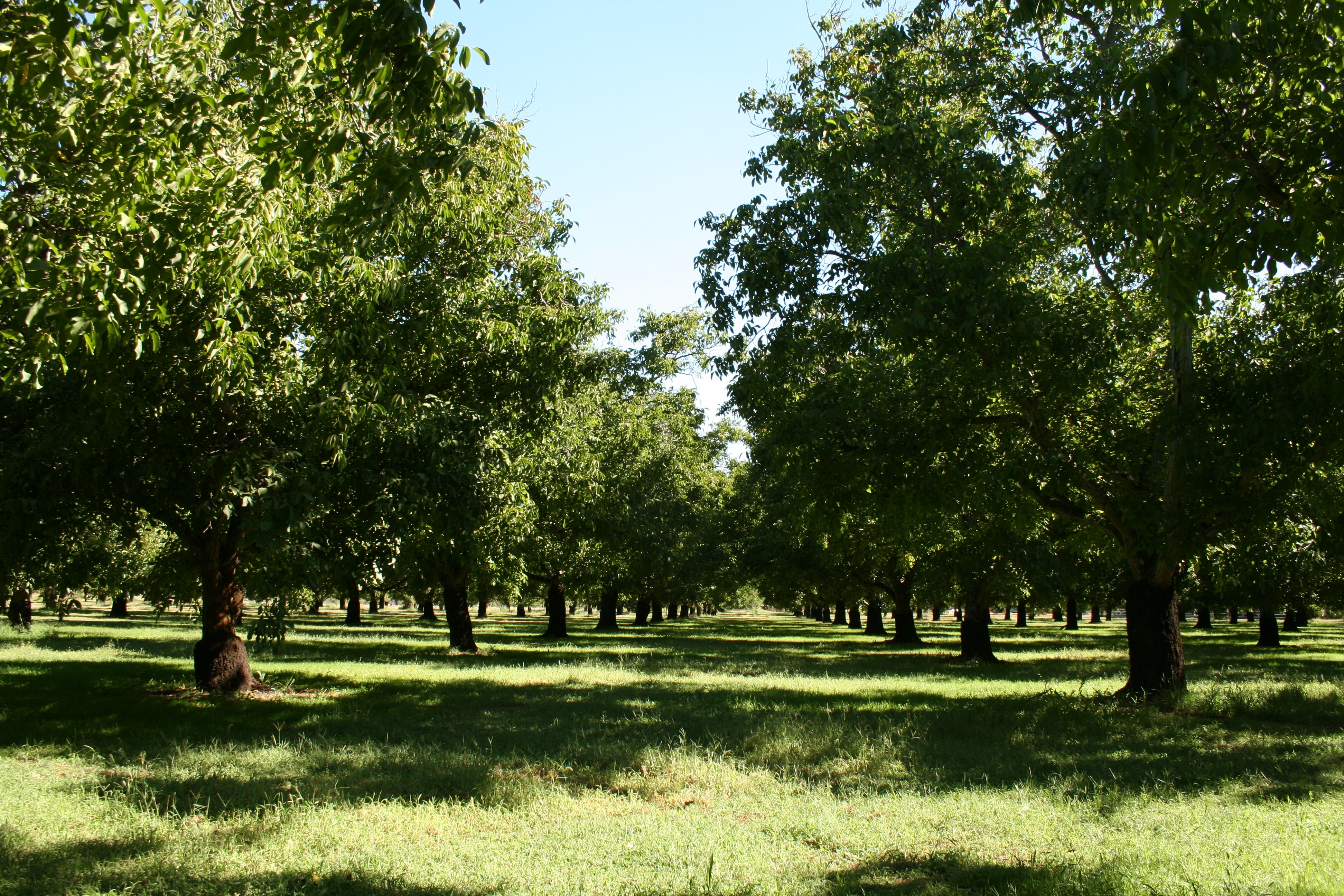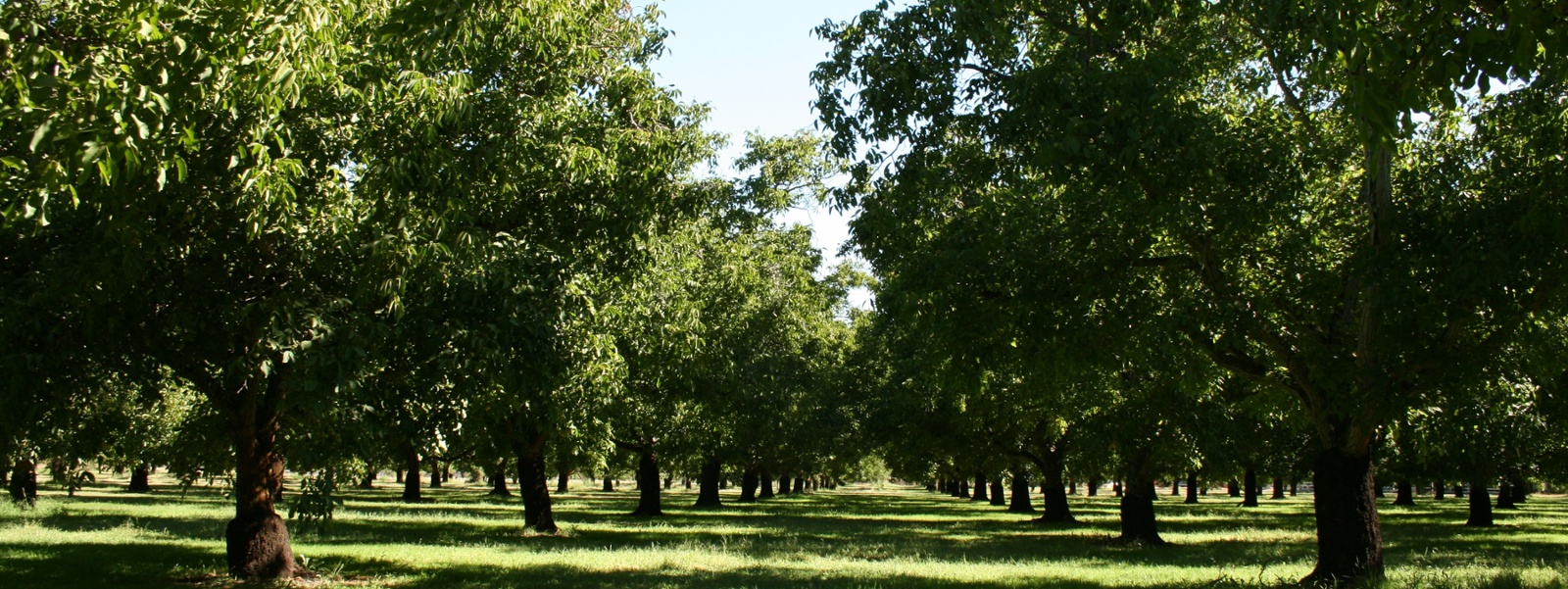Increased rodent activity on farms causes damage, losses


By Ching Lee
Rodents, particularly rats, have wreaked havoc in California orchards and vineyards this year, with some farmers reporting yield losses, damage to trees and destruction of irrigation lines, electrical wiring and other infrastructure.
Farmers face soaring costs not only to replace what has been destroyed or damaged but to control populations of the pests.
While the problem was initially reported in San Joaquin Valley nut orchards, Roger Baldwin, a wildlife specialist and expert in rodent management at the University of California, Davis, said it is more widespread. He noted he has also heard about rodent damage on the west side of the Sacramento Valley and along the Central Coast, particularly in citrus orchards.
“It seems to be a really bad rodent year in general throughout the state,” he said.
During a webinar this month on rodent management in agricultural settings, Baldwin said rats and voles have caused problems in certain parts of the state, and he’s received more calls than usual about ground squirrel damage.
“Rodent damage, if ignored, can lead to substantial losses,” he said. “I think this year is just a good example of how being a little bit more proactive may be beneficial in the long run.”
Chris Reardon, director of governmental affairs for the California Farm Bureau, said the organization is monitoring the problem and has been working with county Farm Bureaus to help growers, including hosting the webinar and conducting a survey to assess rodent damage on farms.
Madera County Agricultural Commissioner Rusty Lantsberger said rats and other rodents can damage trees by removing the bark, which can cause disease and, if severe enough, kill the tree. Some farms have seen their trees defoliated, with rodents eating the new fruiting wood, which affects next year’s crop. The animals also chew through drip hoses, adding to costs to repair and replace.
A 2011 report estimated invasive, non-native vertebrate species cause $39 billion in damage in the U.S. each year. Rats, which are active year-round, cause $19 billion in damage annually, according to a 2005 report. In a 2000 study, damage from deer mice in some Fresno County almond orchards was estimated at $20.64 per acre.
Baldwin has studied different rodenticides for controlling roof rats in almond orchards, and he said he found that using 0.005% diphacinone-treated oats inside elevated bait stations resulted in more than 90% reduction in rat activity.
He recommended constructing the bait station using a 1 ½-foot-long PVC pipe with a 4-inch opening and caps on each end of the tube. Then drill about 1 ¾-inch holes toward the top portion of the bait station and place the station roughly 4 feet aboveground by attaching the tube to branches using bungee cords or zip ties. In his study, he placed his stations either 98 feet or 165 feet from each other throughout the orchard. Using 165-feet spacing reduces the cost, but efficacy drops to about 75%, he said.
“You want to try to minimize the number of stations you need while maximizing the effectiveness,” Baldwin said. “The closer the stations are, the more likely it is that it’s going to work.”
After knocking down much of the rat population using bait, he then placed trapping tunnels, or snap traps, throughout the orchard spaced 250 feet apart. The Motomco Tomcat tunnel traps are one example. He placed the traps up in trees by attaching them to 3-feet-long two-by-fours with zip ties so the traps are on a flat surface. During a five-month period, the tunnels further reduced rat activity by 90% to 95%, he said.
After trapping, growers should still do periodic monitoring, he said, as some rats will evade the traps over time, and eventually, populations may start to rebound. He recommended placing peanut butter and an ink pad inside a tube. Animals that walk on the ink leave tracks.
Using a diphacinone application remains a good strategy for initial knockdown of rodents, Baldwin said, but there are other tools for keeping populations down for a longer period. One is burrow fumigation, with aluminum phosphide being the most effective, he said. The material comes in pellets and tablets that are placed into burrows. The product reacts to moisture, creating a gas toxic to the animal. That means burrow fumigants are most effective when used during the rainy season when soil moisture is high.
Aluminum phosphide, which Baldwin said remains the “gold standard” for burrow fumigation, requires a restricted materials permit and a certified applicator. To use fumigants for rodent control, new California regulations require private applicators to pass a new exam.
“There are definitely a lot of different steps that you have to go through in order to be able to utilize this product. But it can work really well,” Baldwin said.
He said one theory for why there has been increased rodent activities this year is that the extra requirement for fumigation may have deterred some growers and applicators from using the method as part of their management program. Another reason could be abandoned orchards, which provide plenty of food and shelter for rodents to proliferate. But he said it remains unclear why rodent populations have exploded this year.
For growers who don’t want to use aluminum phosphide, there are pressurized exhaust machines such as PERC, or pressurized exhaust rodent controller, the COJack and the BurrowRX. They all inject carbon monoxide into burrows.
The advantage of using pressurized exhaust machines is that the California Department of Pesticide Regulation does not consider them to be a pesticide, so users don’t need a lot of the certifications for burrow fumigants. But there’s not much data on their effectiveness on rats, Baldwin said, adding he thinks they probably don’t work as well as aluminum phosphide but could provide some relief.
The Eliminator, a device that injects carbon dioxide, hasn’t been tested extensively, Baldwin said, but limited trials indicate it works similarly to pressurized exhaust machines. DPR does consider the product a pesticide because it uses a canister of carbon dioxide, which must be purchased labeled as a pesticide, and that can be challenging to find, he added.
To help pesticide applicators find out if they have any endangered species in the vicinity of their application site, Agricultural Commissioner Lantsberger stressed the importance of checking the DPR online database PRESCRIBE, or Pesticide Regulation’s Endangered Species Custom Realtime Internet Bulletin Engine.
Burrow fumigation may not be possible if there are protected species around, though elevated bait stations could still be an option, as they eliminate risk factors for most species directly consuming the bait, Baldwin said.
New California legislation targeting first-generation anticoagulants has placed a moratorium on the use of diphacinone and chlorophacinone for rodent control in most situations in the state. However, their use in agricultural settings remains exempt.
Baldwin warned that “constant continual use of anticoagulants can lead to resistance,” noting a study that found genetic markers for resistance in roof rats, including in some agricultural fields. Because of concerns about secondary exposure to nontarget species such as predators and scavengers that might feed on dead or dying rodents poisoned by rodenticides, there has been increased legislative and regulatory actions to limit their use. Baldwin stressed the importance of using an integrated pest management approach.
“We want to continue to be able to utilize these (rodenticide) products, and to do that, we need to minimize their use and only utilize them when they’re absolutely necessary, but also because we’re going to see better results if we’re utilizing multiple strategies than just focusing on one tool,” he said.
Though there have been concerns of a shortage of some rodenticides due to increased demand, Lantsberger and agricultural commissioners in Fresno and Merced counties said they have not yet encountered any problems.
Merced County Agricultural Commissioner Sean Runyon said his office is out of the anticoagulant chlorophacinone, which is used to make bait. But it has a “decent supply” of diphacinone, a similar material, as do other counties.
Mario Reeves, Fresno County deputy agricultural commissioner, said his office does not anticipate running out of bait material or aluminum phosphide. He said he thinks there was initial concern that farmers had lost some of the tools used to manage rodents due to increased regulation, but “they’re all there to be used.”
“Granted, maybe the aluminum phosphide use was made a little bit more difficult (due to the new testing requirements), but it’s still there and available,” Reeves said.
(Ching Lee is an assistant editor of Ag Alert. She may be contacted at clee@cfbf.com.)




